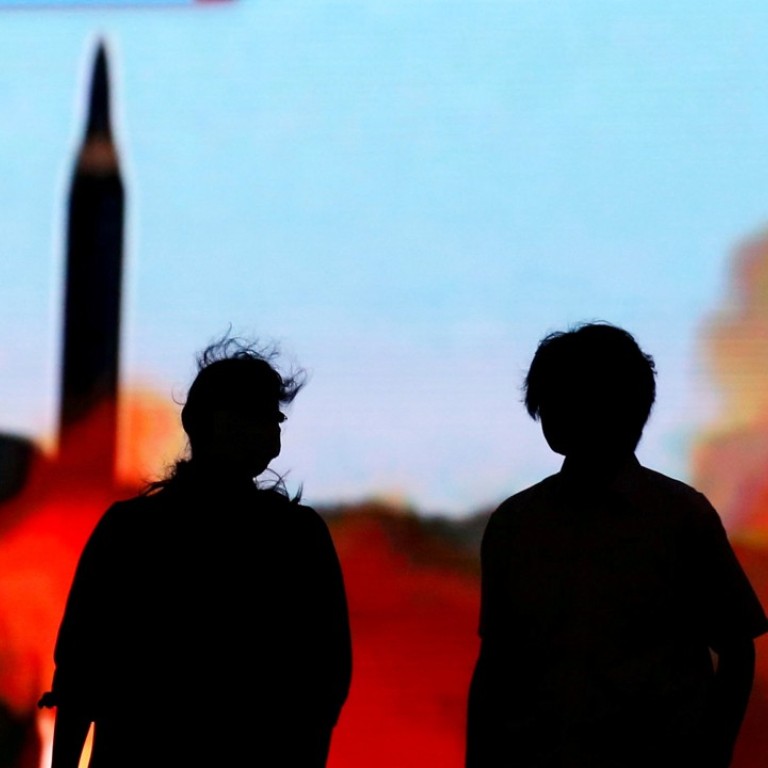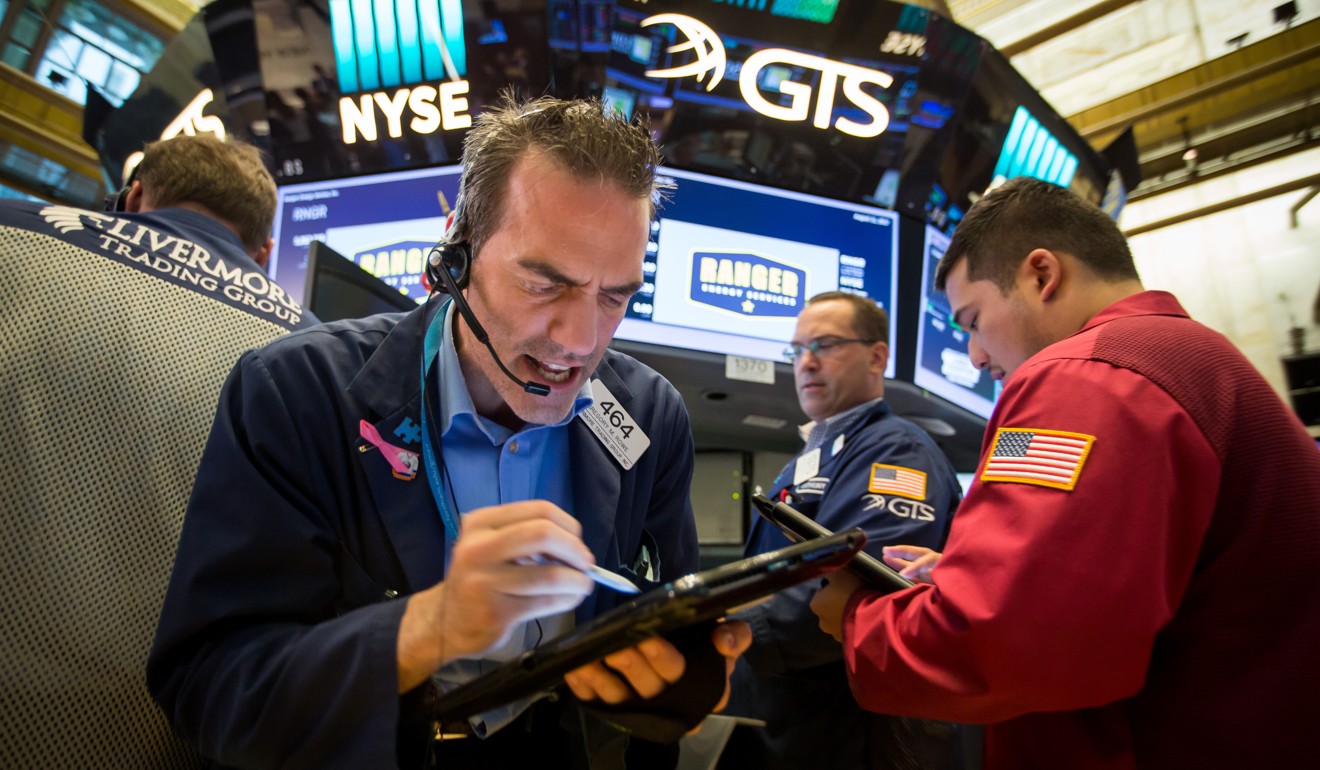
The US-North Korea stand-off has investors running scared. But where are they supposed to go?
With highly charged phrases like ‘fire and fury’ and ‘locked and loaded’ hitting the headlines, markets are entering a dangerous phase
Global markets are on a knife edge, with serious tensions escalating over North Korea. It is no surprise investors are running scared, considering the dangerous war of words building between the US and the rogue Asian state, raising the odds of a grave military conflict breaking out in the region.
The threat of a unilateral nuclear strike – however remote – makes a vital case for investors hedging their bets.
The stock market sell-off is a natural knee-jerk reaction, with the uncertainty now focused on how and where to run for cover
The world has been close to the brink before, during the Cold War and Cuban missile crisis, and history shows dangerous stand-offs are eventually resolved. In the meantime, investors need to take bigger steps to reduce risk exposures before the situation deteriorates any further. The stock market sell-off is a natural knee-jerk reaction, with the uncertainty now focused on how and where to run for cover.
The damage inflicted on major stock markets over the last week has been significant, with about US$1 trillion wiped off global share values so far. Investors have taken refuge in their usual ways, switching into Japanese yen, Swiss francs and mainstream government debt markets, especially German bunds. More of the same must be expected in the coming weeks, but what happens longer term is the big unknown.

A decade on from the start of the last global crash and just at the moment the major central banks have been lining up to consider withdrawing excess monetary stimulus, it leaves stock market confidence extremely prone to additional shocks. Equity market reaction has been limited so far, but it could easily turn nasty if full-scale, panic selling sets in.
A bigger stock market downturn increases the chances that financial wealth perceptions take a very hard hit, just as they did during the 2008 crash. This carries negative implications for consumer confidence, spending intentions and property market perceptions. It is bad news for consumer-driven economies like the US, where earlier rock-solid growth expectations are starting to wobble.

Most US forecasters now expect America’s economic expansion to last no more than two more years as things stand
It is one of the reasons why the US Federal Reserve is being so ambiguous about its future interest rate strategy, raising the chances that rate tightening plans return to the back burner. In the worst case scenario,it could even mean the next move in US rates is a cut, especially if things get out of hand and the Fed needs to restore calm to disorderly financial markets.
The main bond market implication for investors seeking safe haven sanctuary is US treasury ‘curve steepeners’ as interest rates at the front end of the US yield curve fall away more quickly than longer dated bond yields. The ‘cash is King’ scenario will not go down well with investors, especially with deposit rates running so close to zero. But it is the price to be paid for sparing investors bigger capital losses.
A ‘dash to cash’ and ‘flight to quality’ should see investors flooding back into other mainstream government bond markets pushing 10 year yields in Germany and Japan back down into negative territory again. The longer the uncertainty lasts the bigger the financial stability risks for global pension funds and major investment companies, critically dependent on offering solid returns to keep investors happy.
Meanwhile, the US dollar has lost its edge as the number one safe haven bolt-hole thanks to the loss of confidence in US President Donald Trump’s economic policies and growing disquiet over the Fed’s monetary credibility after years of vacillation on rate policy intentions. In its wake, the Japanese yen and the Swiss franc are bound to surge as investors scramble for safety.
With highly charged phrases like ‘fire and fury’ and ‘locked and loaded’ hitting the headlines, it hardly bodes well. Markets are entering a dangerous phase and investors need to take extreme care.
David Brown is chief executive of New View Economics

